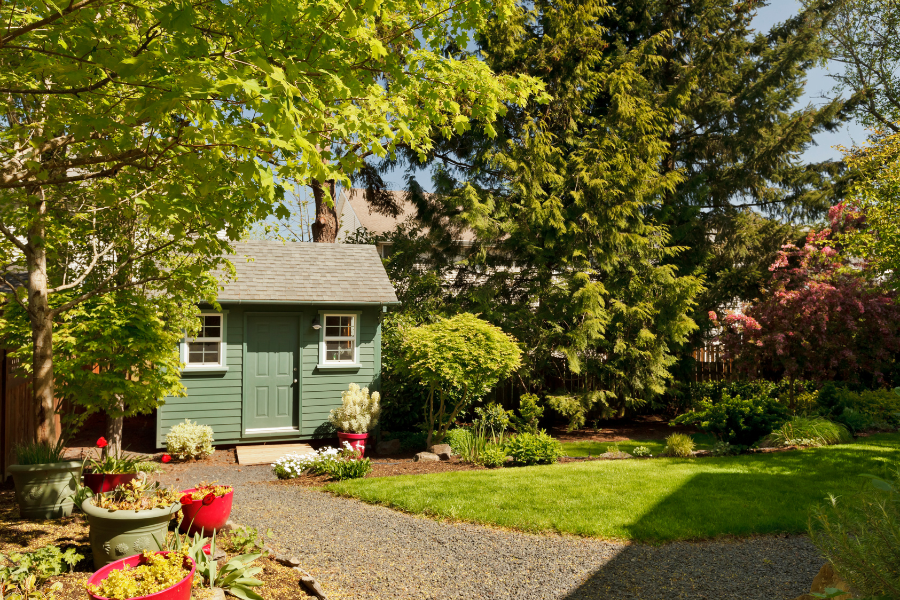Like most things in history, living trends – including housing – seem to repeat themselves. Up until the 1940s, living in a multigenerational home in the United States was extremely common. However, after the housing boom that followed World War II, most U.S. properties were zoned to limit the size and style of any new unit added to a property in an effort to help contain population density, along with the size and separation of single-family dwellings.
Fast forward to today’s cut-throat housing market. As home values continue to rise in an ultra-competitive market, zoning laws are shifting to allow for the addition of ADUs – much to the benefit of millennial homeowners looking to boost their home value while housing aging grandparents, parents, and in-laws as an alternative to retirement communities or nursing homes.
So what exactly is an ADU, and should you look into investing in one for your home? The answer depends on your property, zoning laws, and overall goals. Keep reading as the House Hacks Tips writers break down the information for you.
What is an ADU?
Garden cottage, in-law apartment, granny flat – no matter the terminology, the sentiment remains the same: a family member is coming to live on your property, and you need a private space for them to live comfortably. That’s where ADUs come in.
An accessory dwelling unit (ADU) is a self-contained living area that’s either attached to your home or free-standing on your property. Most have their own kitchen, living area, and entrance, and typically share the water and energy sources of the primary house.
Like most construction projects, adding an ADU to your property requires a permit, with rules and regulations varying by state. For example, some states regulate certain parking requirements and occupancy numbers based on the unit’s size. Additionally, certain laws can dictate the size (ie: 500 – 1000 sq feet max) and design of your ADU. But, thanks to a growing need for more affordable housing, some states have eased on zoning laws to make adding an ADU easier for homeowners.
When to Invest in Adding on an ADU
Wouldn’t it be great if instead of calling up grandma for her famous cookie recipe, you could walk out back and have her show you how to make it herself? By investing in an ADU, you can enjoy that kind of close-company, while still providing loved ones with all of the benefits and comforts of their own home (without having to continue to maintain a separate property on their own). That’s why, more often than not, homeowners invest in ADUs to house relatives and aging loved ones as an alternative to a retirement community or nursing home. However, you don’t have to use an ADU for multi generational housing. In fact, ADUs make for great home offices or studios, guest suites, and even an on-property rental unit or Airbnb to provide an extra source of passive income.
If you have the space available, and the financing to fund the project, adding an ADU to your property can improve the value of your home by 30% , and increase your resale value by more than 50%, on average.
… and When to Consider Other Options
While ADUs can be great additions to your current home (and serve as excellent living spaces for loved ones or visitors!), they cannot be sold as their own separate property. This means that, while you can rent them out long-term or through AirBnB (depending on local laws and/or HOA regulations), you cannot sell your ADU as its own standalone property. So if you’re not planning to sell your home any time soon but want to diversify your investment portfolio, you may want to focus instead on investing in other areas of real estate.


